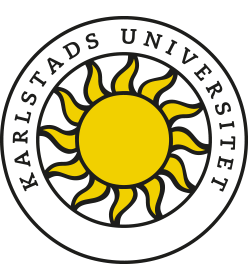Historie, identitet og det fleirkulturelle samfunnet – ein analyse av lærebøker i historie for ungdomstrinnet
Nyckelord:
LÆREBØKER I HISTORIE, LÆREPLANAR, IDENTITET, HISTORIEMEDVITAbstract
During the past few decades, Norway has become a multicultural society. Investigations from other European countries have shown that pupils with multicultural backgrounds have found history teaching less meaningful and interesting in terms of identity construction than pupils with a majority background. The construction of identity is to some extent a historical oriented process, where historical knowledge is an instrument to strengthen integration and solidarity amongst inhabitants. The focus of this article is directed towards how multicultural Norway is reflected in the history discipline in secondary school, through an analysis of how changes related to immigration and multiculturalism are formulated in the curriculum and how this is reflected in the most used history textbooks at this level. An analysis of the textbooks is important as studies have displayed that they have a crucial role in the teaching and that many teachers use the textbook as a template on how to organise the teaching. This article reveals how the curriculums gradually changed from the 1990s and onwards with an increased focus on the multicultural society, but that the textbooks examined to a variable degree reflect such a change.


